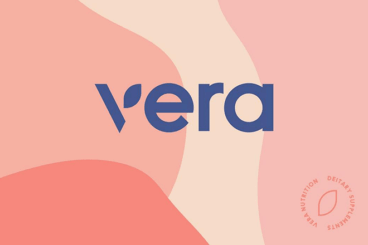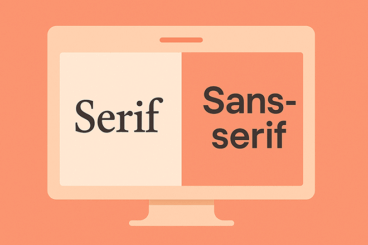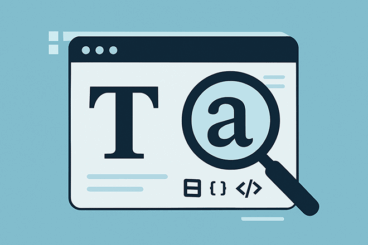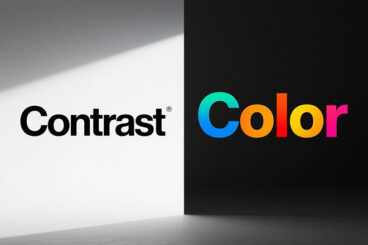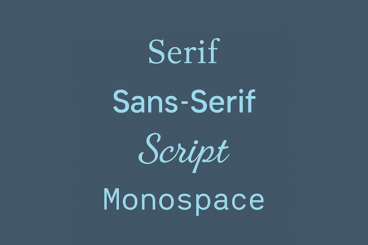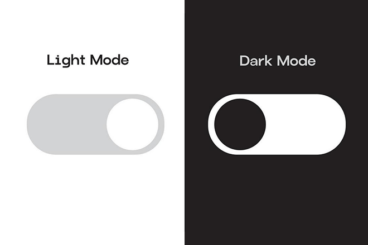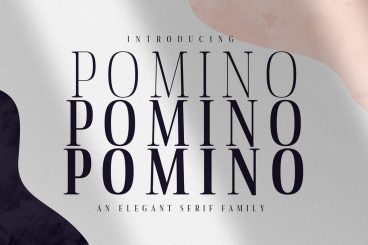
Typography / 25 Aug 2025
120+ Best Modern Serif Fonts 2025
It’s time to delve into a collection of the best beautiful, modern serif fonts. Serif fonts are ideal for printed literature, detailed typography, or for creating a more formal effect. And these popular serif fonts really stand out from the crowd.
We’ve gathered more than 100 of the best modern serif fonts that you can quickly start using in your work. You’ll be amazed at what a difference they can make to your design project, compared to the more generic system fonts that get all too commonly used.
There’s nothing like a distinct serif typeface to really set your layout apart, and create something beautiful.
Many serif fonts risk feeling a little old a dated. Not these. Our pick of modern serif fonts all look fresh, innovative, and ready for creating design work that sets a trend! And our tips for choosing a modern serif font will help you pick just the right one for your project.



